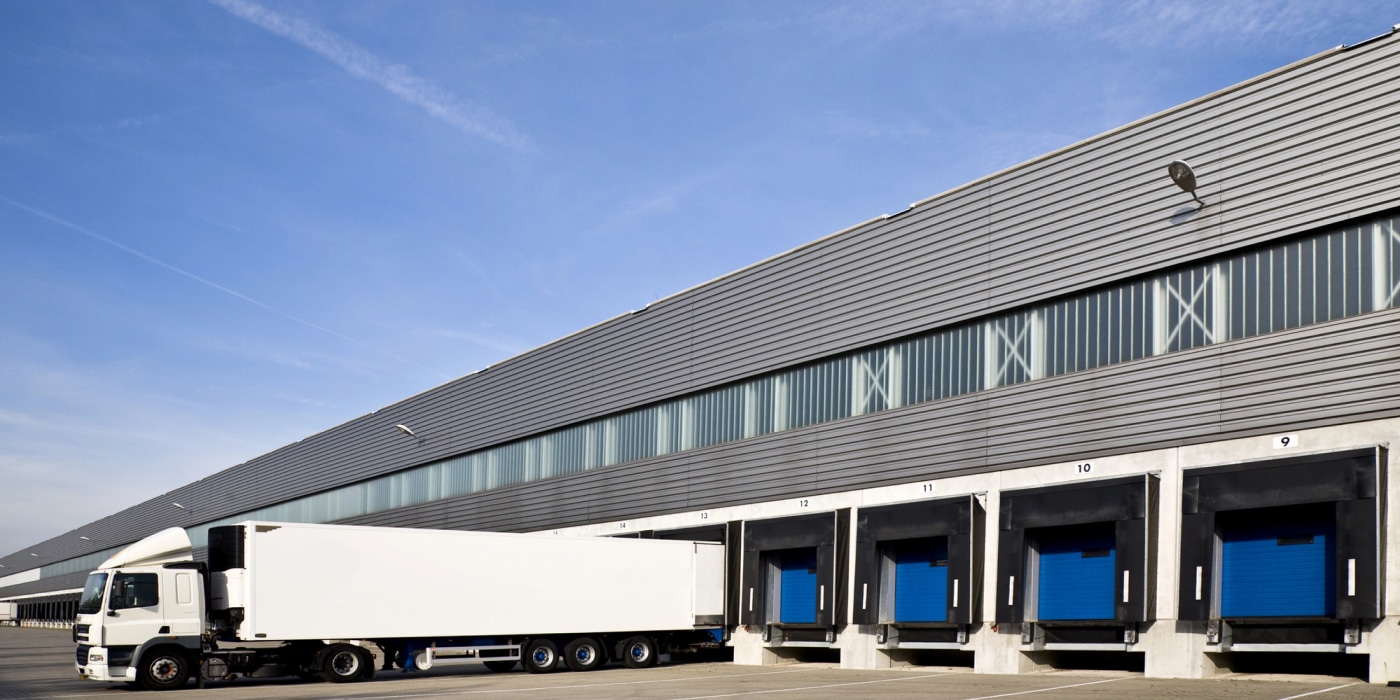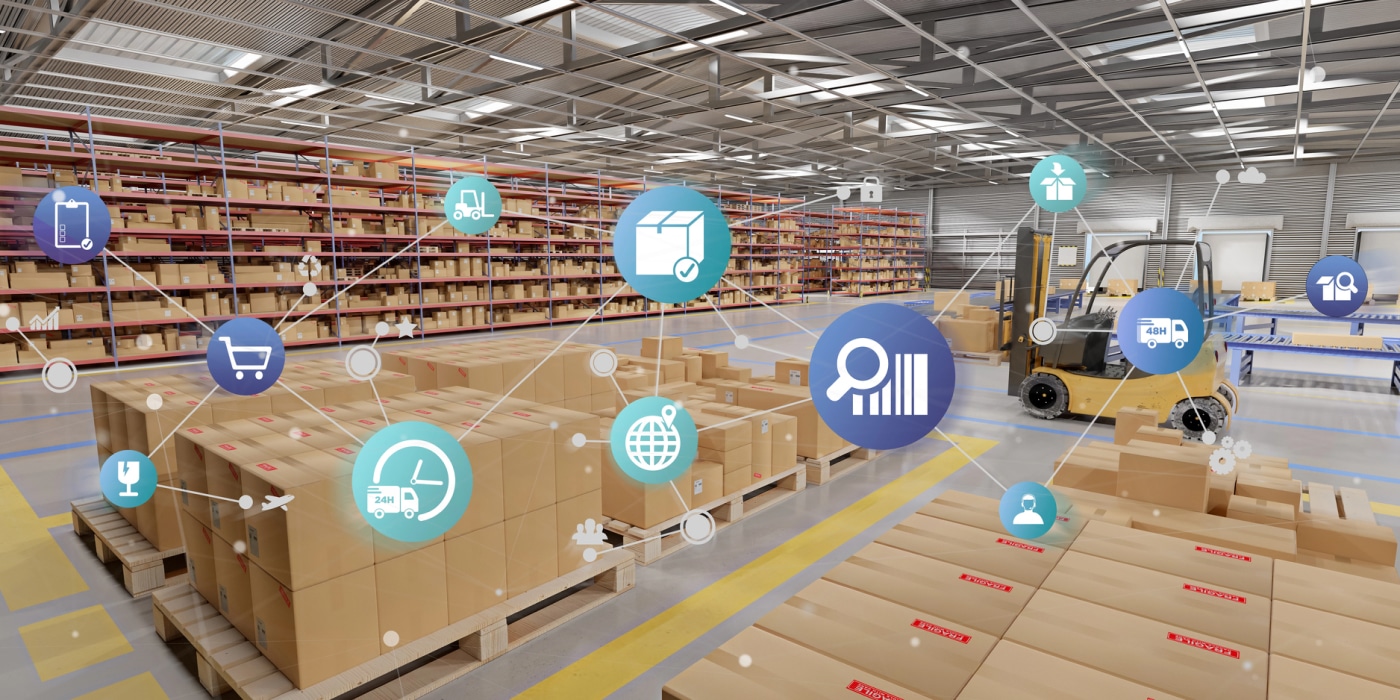The Digital Disruption of Distribution Management
The rise of eCommerce has profoundly reshaped how businesses manage their distribution channels. From traditional brick-and-mortar stores to the dynamic world of online retail, distribution management has rapidly evolved. Understanding this transformation is essential for businesses aiming to stay competitive and meet the increasing demands of today’s consumers.
Distribution management involves overseeing the movement of goods from the manufacturer to the customer. Online shopping has disrupted distribution management and redefined customer expectations. Customers now expect to shop from anywhere, at any time, and have products delivered quickly to their doorsteps. This shift has forced businesses to rethink their distribution strategies.
Here’s a look at some trends and technologies that are redefining distribution management.
Decentralized Distribution
Distribution management once centered around managing large, centralized warehouses and coordinating deliveries to brick-and-mortar retailers. One of the most significant changes brought on by eCommerce is the shift from centralized to decentralized distribution. Retailers now operate multiple distribution centers closer to major customer hubs to meet fast delivery demands. These centers leverage advanced automation, robotics, and inventory systems to efficiently pick, pack, and deliver goods directly to customers’ doorsteps. Strategic placement of fulfillment centers close to key markets has helped reduce delivery times and costs.
Amazon is expanding its robotic fulfillment network. The company has opened a robotics fulfillment center in Charlton, Massachusetts that stores about 32 million items. As a first mile facility, the Charlton fulfillment center stores products and packs orders, which then travel to middle mile sort centers before reaching last-mile delivery stations where they are loaded into vehicles for final delivery to customers. Within robotics fulfillment sites, the company says it has reduced fulfillment processing times by up to 25%, enhanced delivery accuracy, and increased the number of items available for same-day and next-day delivery.

Omnichannel Integration
The growth of eCommerce has also blurred the lines between traditional retail and online sales channels. Consumers expect a seamless shopping experience across touchpoints, whether they are shopping in-store, online, or via mobile apps. This has led to the rise of omnichannel distribution strategies, where inventory and logistics must be synchronized across platforms. Distribution managers now oversee omnichannel operations, where online, mobile, and in-store experiences are seamlessly connected.
Omnichannel distribution integrates physical stores, fulfillment centers, in-house delivery fleets, and third-party logistics providers. This approach ensures products are available through multiple fulfillment options, including curbside pickup, buy online and pickup in-store, or same-day delivery. Orders might be fulfilled from a fulfillment center, a nearby store, or shipped directly from a third-party seller, depending on what gets the product to the customer fastest.
Last-Mile Logistics Innovations
The last mile, the final leg of delivery, is often the most complex and expensive. Consumers now expect same-day or even two-hour delivery windows, driving innovation in logistics. Companies are utilizing micro-fulfillment centers, local courier networks, drones, and autonomous vehicles to tackle this challenge, reduce costs, and improve delivery speed. The U.S. drone delivery market is expected to grow from $225.2 million in 2024 to $1.08 billion by 2030, according to a report by MarketsandMarkets. The surge is being driven by the need for faster delivery times and the push to cut last-mile costs.
Robotic last-mile delivery is also growing, providing companies with fast and sustainable delivery solutions. Parcel carrier Veho used a robot to assist with deliveries as part of a trial in Austin, Texas. As a human courier completed one dropoff, a robot from robotics firm RIVR delivered other packages from the delivery vehicle to a separate destination nearby. The trial ended last Friday with 400 deliveries made over two weeks and a 95% delivery success rate. Veho and RIVR will look to launch more tests later this year. The ongoing collaboration allows the robotics company to work with the growing carrier to deploy their robots at scale.

Technology-Driven Distribution Management
Advanced technologies like AI, IoT, and cloud computing play a central role in modern distribution management and enable real-time tracking of inventory across multiple locations. This visibility empowers businesses to optimize stock levels, forecast demand accurately, and reduce stockouts or overstock situations, ensuring product availability across multiple sales channels.
Cloud-based warehouse management systems and delivery management systems have replaced time-consuming manual processes, enabling real-time tracking of goods and transparent communication across the supply chain. The integration of IoT devices further enhances visibility, enabling proactive problem-solving. Data analytics play a crucial role in optimizing resources, increasing operational efficiency, and improving customer satisfaction. These tools help businesses make smarter decisions in real-time, reducing costs while improving service levels.
Fueled by the demands of eCommerce, distribution management has transformed from traditional warehouses to intelligent fulfillment networks that leverage innovative technologies to meet rising customer expectations. For businesses willing to embrace these changes, the payoff is not only greater efficiency and cost savings but also a stronger presence in the expanding digital marketplace.
For more information about how our delivery management solution can help you manage your deliveries more efficiently, please contact info@bringoz.com.
